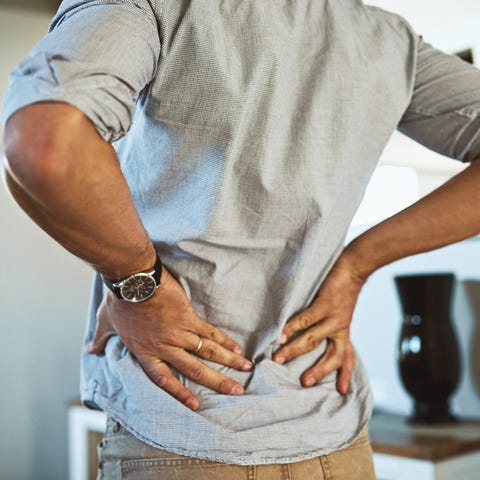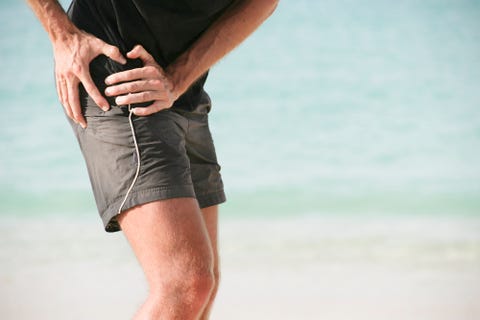
There are few seals of approval skeptical Americans are willing to trust blindly. But for most, “FDA-approved” is pretty much synonymous with “safe and effective.” After all, the agency’s M.O. is only putting safe and effective medical devices on the market.
It turns out, though, the FDA approval process is super out of date—so much so that the governing body is readily admitting that its own rules aren’t set up to help it keep pace with the advances in material science, digital health, 3D printing, and other tech.
This admonition comes on the heels of a massive, highly-publicized global investigation into more than 8 million medical device safety records which found FDA-approved devices are causing injury and death. According to the Associated Press’ investigation, for example, faulty spinal-cord stimulators have accounted for more than 80,000 injuries since 2008, with metal-hip replacements and insulin pumps racking up even more grievances.
That’s because approval isn’t quite as stringent as you might think.

Getty ImagesJan-Otto
How the Current Model Works
There are multiple classes of medical devices and the rigor of data necessary for approval gets tighter and tighter the more risk a device poses (i.e., a tongue depressor requires less scientific support than a pacemaker).
For seriously advanced medical devices, companies have two options to gain approval: Either they show the results of clinical trials proving their device is safe and effective, or they say, “Well, our device very, very similar to this other device that’s already been approved, so under the auspices of that one, can you let us into the market?” explains Jeffery Farroni, Ph.D., JD, director of the clinical ethics program at The University of Texas Medical Branch.
The former is more trustworthy, but also costs a lot of time and money. The risk with the door number two approach, of course, is what the recent investigation shows. “Some of the risks and side effects of these predicate devices aren’t realized until they’re actually used on large populations of people,” Farroni explains.
And the adverse effects may be higher because nearly 20% of the products currently boasting the government seal of approval got it by saying their device is based on tech older than 10 years, according to the FDA.
Now, it’s easy to cynically write this seemingly-loose rule off as a government agency in the pocket of Big Business. But Farroni argues that the FDA is tasked with the difficult balance of getting life-saving devices to market as quickly as possible, but also ensuring they’re safe and effective.
The good news: The FDA responded to the explosive news reports by saying it’s considering serious changes to its policy, namely only allowing companies to leverage devices that were approved in the last decade and therefore have more efficient and safe technology.
“Tighter regulations…might make things safer but would also slow things down.”
This sounds like a solid upgrade—but the question is really how it’ll be executed, Farroni says. “There’s a big push to get things from the lab bench to the bedside as quickly as possible, and while no one wants a Byzantine regulatory structure, tighter regulations would cause more companies to use the clinical trial-approval method, which might make things safer but would also slow things down,” he explains. Because of this, there might be a trade-off in the details that let companies still expedite the process, just in different ways.
The Bottom Line
These changes are still just considerations, and we don’t have a strong timeline for when they’d go into effect anyway. So in the meantime, can we continue to trust something that’s FDA-approved?
Well, we kind of have to. “The FDA is really the only seal of assurance we have that a product has been proven relatively safe,” Farroni says.
But he adds he doesn’t believe the high-profile, scandalous stories are emblematic of the entire industry. “Is there room for improvement and efficient? Of course. We should always strive to improve safety and these laws haven’t been updated in 40 years. But we’re certainly better with an FDA safeguarding us from snake oil than without.”
Source: Read Full Article
